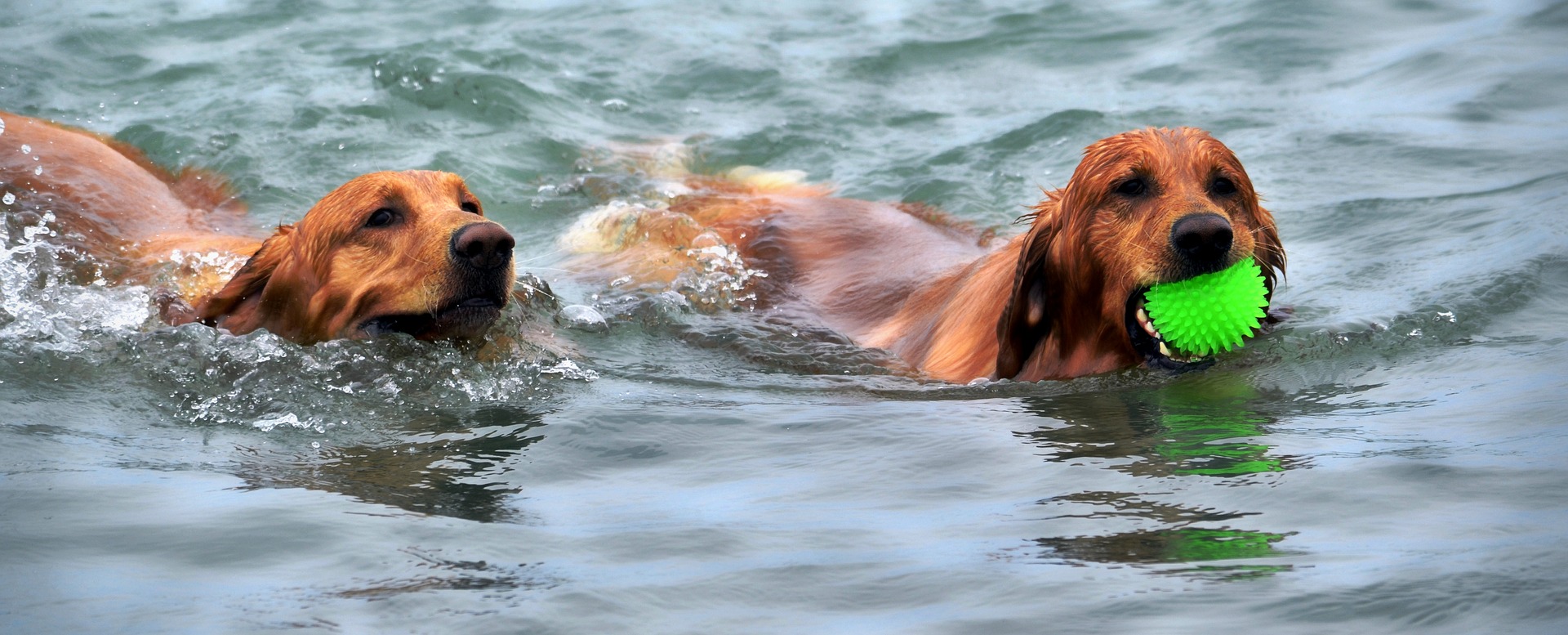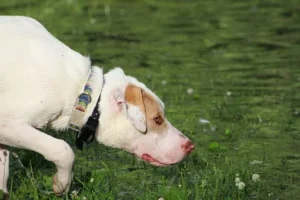
Water Safety for Puppies: How to Introduce Your Puppy to Water Safely
Introducing your puppy to water can be an exciting and rewarding experience for both of you. Whether you envision your furry friend swimming in the pool, playing at the beach, or simply enjoying a bath, it’s essential to approach water introduction with safety and patience. This guide will help you ensure a positive and safe experience for your puppy.
Why Water Safety Matters
Water activities can be dangerous for puppies if they are not properly introduced or supervised. Puppies can easily become frightened, overwhelmed, or even drown if they are not comfortable around water. Ensuring your puppy’s safety around water involves understanding their needs, taking appropriate precautions, and introducing them to water gradually.
Preparing for Water Introduction
Assessing Your Puppy’s Readiness
Before introducing your puppy to water, consider their age, health, and temperament. Puppies younger than 12 weeks may not have developed the necessary motor skills to swim. Additionally, certain breeds may have a natural affinity for water, while others may be more hesitant.
Essential Gear
Having the right gear can make the water introduction process smoother and safer:
- Life Jacket: A well-fitted canine life jacket provides buoyancy and security.
- Non-Slip Mat: Useful for bathtubs or any slippery surface to prevent accidents.
- Fresh Water: Always have clean drinking water available to prevent your puppy from drinking pool or lake water.
Step-by-Step Guide to Introducing Your Puppy to Water
1. Positive Association
Start by creating a positive association with water. Use a shallow dish or a small kiddie pool filled with just a few inches of water. Encourage your puppy to explore the water with their paws. Praise and reward them with treats for any interaction with the water.
2. Gradual Introduction
Gradually increase the depth of the water as your puppy becomes more comfortable. Allow them to explore at their own pace, without forcing them. You can gently splash water with your hand to show that it’s fun and safe.
3. Supervised Playtime
Once your puppy is comfortable with shallow water, introduce them to slightly deeper water while maintaining constant supervision. Use toys and games to make the experience enjoyable. Encourage your puppy to enter the water by following you or another confident dog.
4. First Swim
When your puppy is ready for their first swim, ensure they are wearing a life jacket. Support their body as they paddle to help them feel secure. Keep the session short and positive, gradually increasing the duration as they gain confidence.
5. Safety Commands
Teach your puppy essential commands such as “come,” “stay,” and “leave it” to ensure they respond promptly in any water situation. This will help you manage their behavior around water and prevent potential accidents.
Water Safety Tips
Always Supervise
Never leave your puppy unsupervised around water. Accidents can happen quickly, and constant supervision is crucial to their safety.
Avoid Overexertion
Swimming is a physically demanding activity, especially for young puppies. Monitor their energy levels and provide regular breaks to prevent exhaustion.
Safe Water Sources
Ensure the water your puppy is swimming in is safe and clean. Avoid areas with strong currents, harmful algae, or other potential hazards. For pools, be mindful of chemicals like chlorine and always rinse your puppy off with fresh water after swimming.
Fresh Drinking Water
Provide fresh drinking water to prevent your puppy from ingesting pool water, which can contain harmful chemicals, or lake water, which might have bacteria or parasites.
Temperature Awareness
Cold water can cause hypothermia, especially in young puppies. Ensure the water temperature is appropriate and avoid prolonged exposure to cold water.
Emergency Preparedness
Be prepared for emergencies. Know canine CPR and have the contact information for a nearby veterinarian. Keep a first aid kit on hand during any water activities.
Dealing with Common Challenges
Fear of Water
Some puppies may be naturally fearful of water. Be patient and never force them into the water. Use positive reinforcement and gradual exposure to help them overcome their fear. If necessary, seek the help of a professional trainer.
Drinking Pool Water
Puppies may try to drink pool water, which can lead to stomach upset due to chlorine and other chemicals. Always have fresh water available and redirect them if they attempt to drink from the pool.
Overexcitement
Puppies can become overexcited around water, leading to unsafe behavior. Keep sessions short and controlled, gradually building up to longer playtimes as they learn to stay calm.
Making Water Activities Fun
Toys and Games
Incorporate water-safe toys and games to make the experience enjoyable. Floating toys, fetch games, and gentle splashing can all add to the fun.
Play Dates
If possible, arrange playdates with other water-loving dogs. Puppies often learn from observing others, and seeing a confident dog enjoying the water can help your puppy feel more at ease.
Positive Reinforcement
Always use positive reinforcement. Praise, treats, and affection go a long way in building your puppy’s confidence and associating water with positive experiences.
Conclusion
Introducing your puppy to water safely requires patience, preparation, and positive reinforcement. By taking gradual steps and ensuring constant supervision, you can help your puppy develop a love for water while keeping them safe. Whether it’s a day at the beach, a swim in the pool, or a simple bath, these experiences can become enjoyable bonding activities for you and your furry friend. Always prioritize safety and let your puppy progress at their own pace for a lifetime of happy water adventures.

